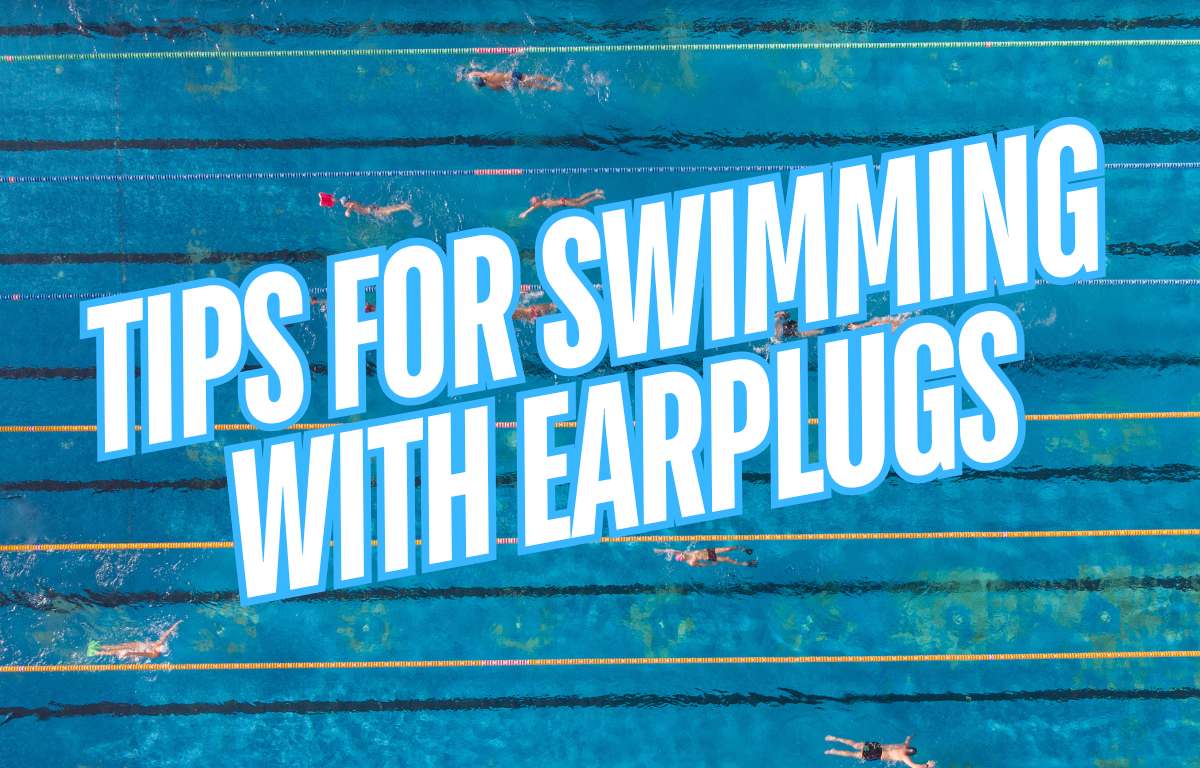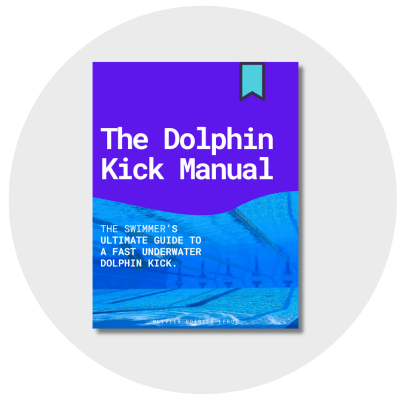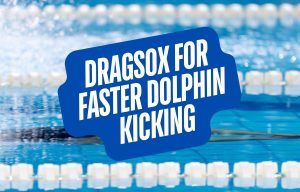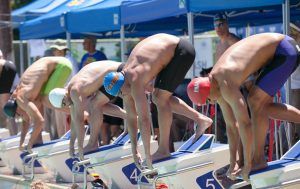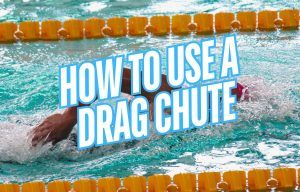Swimming is fun—getting water in your ears is decidedly not. Here is how to use earplugs when swimming to keep water out of your ears.
There are many benefits of swimming, both for sport and for recreation. But getting water in your ears and an ear infection from time in the pool is not one of them.
Swimmer’s ear, also known as acute otitis externa, is extremely common.
According to a review published in the journal American Family Physician, four in 1,000 persons experience acute otitis externa annually, with 3-5% experiencing chronic otitis externa.
As anyone who has experienced one of these earaches knows, they are not fun.
The simplest way to lower the risk of earaches is by using swimmer’s earplugs.
Swimming earplugs are inexpensive and easy to use, and swimmers of all ages can use them. Most importantly, they can be custom-fitted to the specific shape of your ear canal to keep water out.
For swimmers new to earplugs, here are some time-tested and expert tips for how to use earplugs so that you can focus on swimming fast instead of worrying about water getting in your ears.
How to Use Earplugs When Swimming
Here is an overview of how to wear earplugs when swimming:
- Choose the right earplugs
- Clean the ear opening
- Warm the earplugs
- Ball them up and cover the ear opening
- Avoid jostling the ears
- Remove the earplugs
- Store the earplugs
- Stock up
1. Choose the right earplugs
There are many different types of earplugs for keeping water out of the ears when swimming, including silicone putty earplugs, pre-molded silicone or rubber earplugs, and custom earplugs made by an audiologist.
By far, the best type of earplugs for swimming are soft, moldable silicone earplugs that can be gently placed at the entrance to the ear canal.
According to a position paper titled “Acute otitis externa” published in the Journal of Pediatric Child Health, other types of earplugs, such as hard earplugs, are not recommended “because they can cause trauma,” and the “use of custom ear canal molds and tight swim caps remains controversial.”
From a long personal history of wearing earplugs, the soft, putty silicone earplugs are best for keeping the water canal dry and staying in place while swimming. Whether churning around through those early morning swim workouts or stepping up on the blocks to compete, the silicone putty earplugs have always performed best.
The best brand is Mack’s Pillow Soft. Speedo, TYR, Arena, and other popular swim brands make earplugs for swimmers, but Mack’s has long been the best.
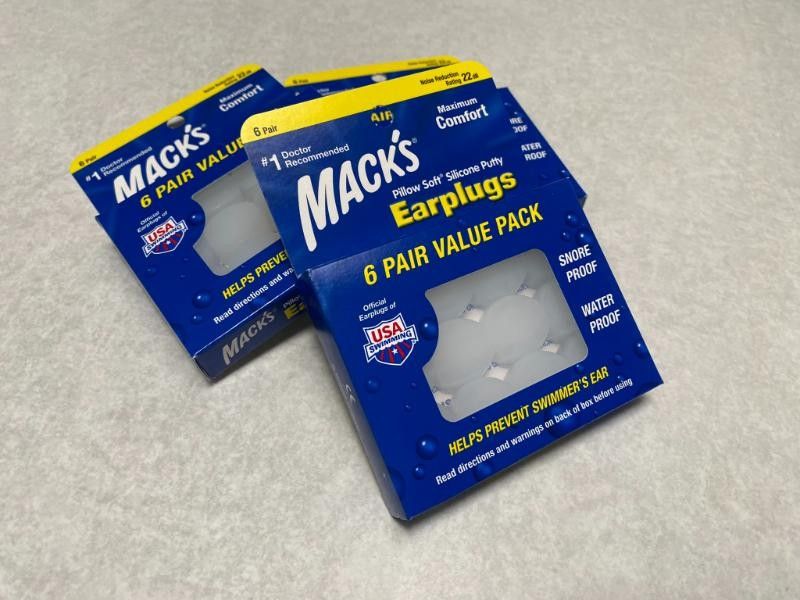
2. Clean the ear opening
Clean the ear opening before inserting the earplugs. Use a Q-Tip or a dab of tissue paper to wipe the outside of the ear canal gently.
Ear wax can build up around the canal’s opening, which can cause earplugs to slide and lose their seal.
In my case, I know that if I haven’t been to the pool for a couple of days or cleaned my ears there will be wax build-up around the ear canal. On these days I can quite literally feel the earplugs shift and slide when trying to insert them from the excess ear wax.
A clean, dry ear canal opening maximizes the odds of a good, watertight seal with your swimmer’s earplugs.
3. Warm the earplugs
Rolling the earplugs in your palm and fingers for 1-2 minutes before inserting them can increase the malleability and adhesion of the earplugs.
This promotes a tighter seal and a more comfortable fit when you use the earplugs. Nothing is more frustrating than earplugs that lose a seal mid-lap or mid-workout.
Once the water starts to seep in, it’s challenging to reseal the earplugs without getting out, drying the ear opening, and starting again.
Taking a minute to “loosen” the earplug will help create a waterproof seal from the get-go.
You can do this with your hand, balling them gently, or using a hair dry on very, VERY low for about 5-10 seconds from a foot away to slightly warm the earplugs.
Over time, earplugs for swimming will stiffen and lose adhesion and malleability.
Note: Do not warm swimmers’ earplugs on high heat and then place them in your ear canal.
4. Ball them up and cover the ear canal opening
Even though earplugs are designed to keep water out of your ears, this doesn’t mean they should be jammed into the ear canal. In fact, earplug brands are adamant that they are not inserted into the canal.
Seems obvious, but creating a jagged point out of the silicone putty earplug and stuffing it into the ear canal can be painful and potentially cause damage to the ear drum.
To get a watertight seal, ball the ear plugs and gently cover the opening of the ear canal. Apply light pressure around the earplug to create a seal with the earplug’s adhesion.
5. Avoid jostling the ears
When swimming, try to avoid jostling the outside of the ear as much as possible to keep the earplug in place.
Even though silicone putty earplugs have enough adhesion and a tight enough seal to stay in place when diving into the water or pushing off, constantly tugging at the ear with the edge of a swim cap or even bone conduction headphones can eventually jostle the earplugs loose.
6. Remove the earplugs
Once your swim is complete, it’s time to remove the earplugs. To remove them, use your index finger to peel the top of the earplug away from your head and tilt it out of the opening of the ear canal.
Avoid yanking them out of your ears as the plugs create a vacuum seal that can potentially cause damage to the ear drum.
Pressure is built up inside the earplugs during your swim, so once the warm-down is over and it’s time to hit the hot tub, gently “release” the pressure by slowly peeling the earplugs out of the openings of your ear.
7. Store the earplugs
Let the earplugs air dry and store them in a carry case between workouts.
Protecting your earplugs from dirt and the elements will help retain the stickiness of the putty and also limit bacterial growth and other unwanted guests from gaining free access to your ear canal the next time you hit the pool.
8. Stock up
Earplugs lose elasticity and stickiness over time. How long each set of earplugs lasts depends on how well you take care of them and how long they are worn.
Mack’s recommends discarding the earplugs once they have become soiled or lose their stickiness.
In the case of the latter, you will notice when the earplugs no longer mold easily in your fingers and turn almost rock-like, requiring substantial effort to make stick at the opening to the ear canal.
At this point, toss them and start using a new set.
Silicone earplugs are cheap, can be purchased in bulk, and even though it costs a few bucks, is light years cheaper than a three-day long earache.
What are the best earplugs for swimming?
The best earplugs for swimmers are the Mack’s Pillow Soft Putty Ear Plugs.
They are inexpensive—twelve sets of earplugs for around $10—are relatively long-lasting, and provide a waterproof seal every time you hit the water.
I’ve been using Mack’s Pillow Soft since my age group swimming days in the late 1980’s and have tried every other earplug under the sun since then, including expensive custom molded earplugs, and have always returned to Mack’s.
- Moldable, soft silicone putty for a custom fit every time
- Easy to use and apply
- Non-allergenic
- Official earplugs for USA Swimming
- Used by countless elite and age group swimmers
- Save when you buy in bulk
✔️ Moldable for a custom fit
✔️ Works for kids and adults
✔️ Comfortable for extended wear
✔️ Official earplugs of USA Swimming
More Guides Like This
10 Pieces of Swimming Gear Every Serious Swimmer Should Have. Ready to take your swimming to the next level? Here is the swimming gear every serious swimmer should be rocking in their swim bag.

